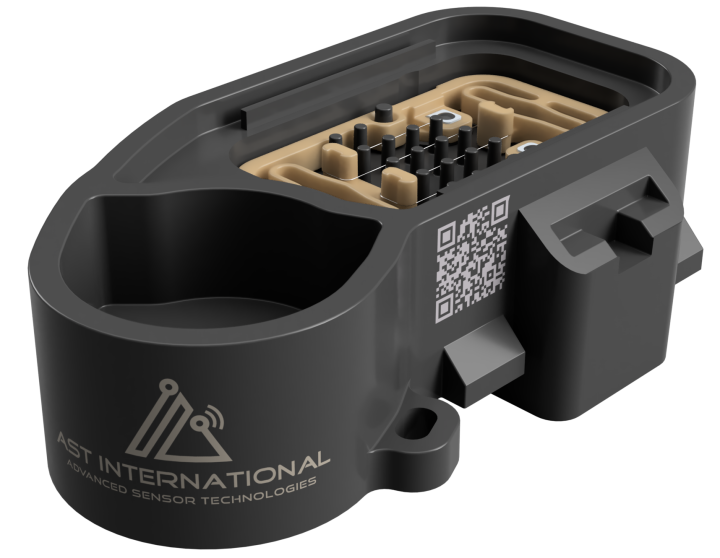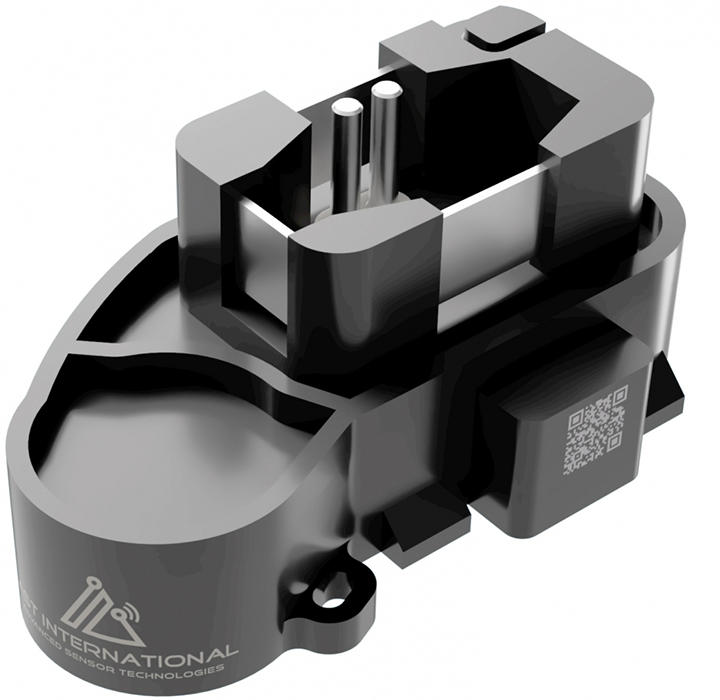Ultrasonic
Examples of using the ultrasonic measuring principle include measuring the fill level in containers and determining the density and mixing ratios of liquids.
The ultrasonic measuring principle is based on the emission of a sound wave above the audible frequency range and the reception of the associated echo. This entails the generation of an ultrasonic wave by an electrically excited piezo crystal during the transmission phase. Ultrasonic-based systems are frequently used in fill level measurement where the propagation time of the signal up to its reflection at the “liquid/air” media boundary and back is measured. However, with a known reflection distance (such as when using an explicitly mounted reflector), ultrasound can also be used to detect the speed of sound in a medium. In flow rate measurements, the Doppler effect is leveraged to obtain information on the flow velocity of the flowing medium. Above all, AST ultrasonic technology is distinguished by its transmission power, which can be adjusted during the measurement process, as well as the variable amplification of the receiver stage. Together with the software algorithms adapted to the respective application, our sensors are extremely accurate in terms of measurement reliability when evaluating signals.

